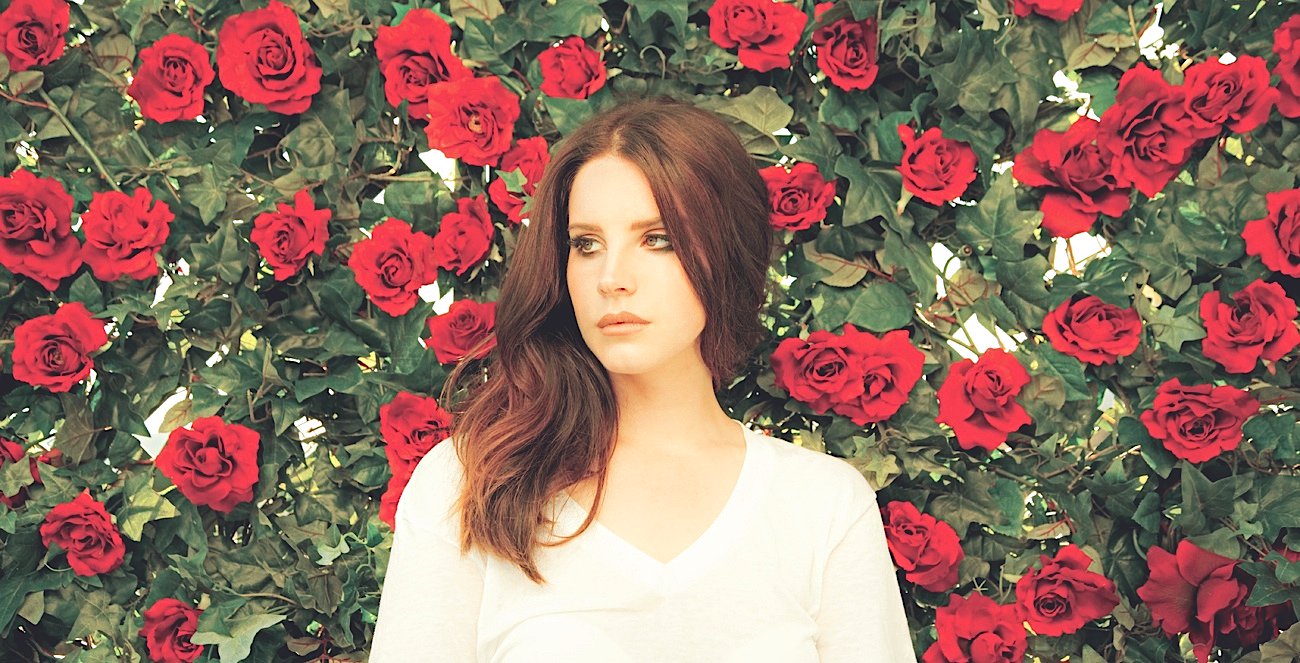Review: Honeymoon – ‘Lana Del Rey’s redemption album’

Lana Del Rey’s third studio album, Honeymoon, released globally this week, opens by harking back to the orchestral majesty that she perfected on her 2012 debut. The swooping strings of the title track immediately suggest a throwback to the glory days of Born to Die, and as the vocals kick in, the trademark deep richness of Lana’s voice thrums in the ears. She is confident and narcissistic; no longer submissve. This is a Lana in control: “There’s nobody for you but me.” Lana is no longer pandering; she is aware of her power over us.

The vocals are slow and full of intent, punctuated by confident, rolling vowels. The low, rumbling piano that underlines the strings could be straight out of Ultraviolence. It becomes apparent that this album will not be an appeal to a solitary past success, but a forward-looking marriage of all her progress to date. The title track is a ballad of exquisite, old Hollywood beauty. This is Lana minus the trashy glamour of BTD, and having shed the heavy, depressive tone of Ultraviolence. It is Lana’s trademark aesthetic, distilled to perfection.
In Music To Watch Boys To, Lana surprises again with her newfound assertiveness. “I like you a lot,” she sings – nonchalantly, like this boy is a passing fancy. She is no longer the object of the male gaze – she is the puppeteer, and the boys are the ones being watched. Assertiveness is carried through the song, “No holds barred, I was sent to destroy,” and contrasts with the submission in lines like “I live to love you”. These lines hold no power anymore: Lana doesn’t even commit to them. She doesn’t want us to believe her anymore; she is simply teasing: “It’s all a game to me.”
These sentiments are echoed in other tracks – in High By The Beach, Lana continues to showcase her newly established mastery of love: “The truth is I never bought into your bullshit… Don’t need your money to get me what I want… Now you’re just another one of my problems.” Lana just can’t be bothered with this guy, quite frankly. This portrayal stands in stark contrast to the depressive, submissive girl of Born to Die. This is Lana, all grown up.
As we cycle through the songs, a clear pattern emerges. Again and again, we hear lyrics that embrace loss as a necessary part of life. In Terrence Loves You, Lana croons to her lost love, but does not despair. She stands back and sees the beauty in her struggle: “But I’ve still got jazz, when I’ve got those blues”. In many ways, these songs are not odes to lovers, but odes to acceptance and self-love: “You are what you are.” There is a strident optimism that tinges all of the melancholy of this album.
God Knows I Tried elaborates on Lana’s new theme of optimism in the face of devastation: “On Monday they destroyed me, but by Friday, I’m revived.” In this album, good and bad can coexist harmoniously: “God knows I lived, God knows I died.”

The mid-album interlude cements Lana’s theme of postmodernist acceptance and harks back to the poetic monologue in Ride. She describes how the simultaneous co-existence of all possible realities means that one can be free of regret – if time is an illusion, how can one regret the past? The spoken word crackles with white noise like an old record, allowing the nostalgic atmosphere to remain unbroken. The reading blurs seamlessly into the opening line of Religion, bringing resolution to pining and sadness of old records: “Everything is fine now…”
This is the most uplifting that Lana has ever deigned to be. Soft, warm guitars strum a stripped back melody in the Religion verses, and in the chorus, drum beats pound slowly and purposefully with a rising upbeat. It seems insane to postulate that Lana might have written a happy song but this is definitely at the very optimistic end of the melancholic spectrum: “Everything is bright now, no more cloudy days. Even when the storm comes, in the eye we’ll stay.” If this album is Lana’s redemption album, this is the redemption anthem.
This album stands out not only for its thematic departure from Lana’s status quo, but also for its variety. Lana samples Americana & electro pop, toys with a trap influenced stoner anthem (High By The Beach), hints at country vibes in God Knows I Tried and sets it all off with a Spanish flourish in Salvatore. She has been widely criticised in the past for albums that are clever but samey. It is hard to stay engaged with 12 solid tracks of sadcore, lovesick whining. This album switches between slow ballads and pop anthems, as well as multiple styles and genres, ensuring the listener never gets bored.
Art Deco, Religion, Music To Watch Boys To, and Salvatore are the stand-out tracks on first listen. Lana missed a trick by not releasing all of these as singles.
With this album, Lana has presented a new face to the world. She has not only retained the narcissistic nostalgia that fans adore – she has perfected it. She evokes old Hollywood with a subtlety and variety that she has never before achieved. Honeymoon is intensely self-aware, acknowledging Lana’s weakness and darkness while embracing it without fear. Lana has mastered her depressive nature, and emerged phoenix-like, in control of love and life.
Related:
